Haiding Wind Power Humanities Trip (Part 2)
foreword
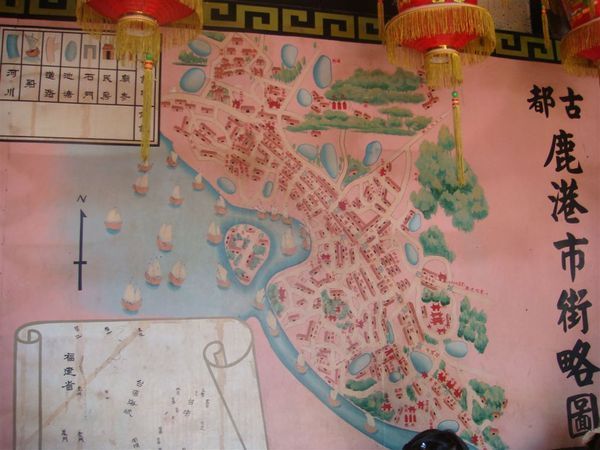
On the second day, the Haiding Wind Power Humanities Trip was an in-depth humanities search in Lukang. In addition to temple culture, local humanities were also a highlight. Luzai Port was formerly known as Luzai Port. In the early days, it was Haikou Caopu where deer gathered, so it was named "Luzai Port". Lukang is an important ancient town in central Taiwan, with a flourishing literary style and rich historical and cultural assets. Before the siltation of commercial ports and the rise of railway and land transportation in the late 19th century, Lukang was the main trading port between central Taiwan and Fujian, China.
There is a saying in Taiwan that "one prefecture, two deer and three manga". Because of the prosperity of commerce and trade and prosperous literary style, Lukang has created many embroidery households of Zhumen. There are still many descendants of famous families from Lukang who are still active in the society, such as: In the literary world, there are Li Ang (Shi Shuduan) and Shi Shuqing, and in the business world there are CITIC Gu Jia and the founder of Acer Shi Zhenrong.
Because Lukang is rich in business and humanities, there are also many ancient proverbs, which are listed as follows:
- Marry Shi Huangxu and respect him like an ancestor of Heaven: Shi Huangxu is a famous surname in Lugang, accounting for 80% of Lugang's population in the early days.
- Half of Lugang Shi: More than half of Lugang Town’s people with the surname Shi (according to 2017 data , the proportion of the population with the surname Shi has been less than 10%)
- Lukang people speak the same way: 80% of Lukang people are from Quanzhou, and their Hokkien accent is Quanzhou accent, which is special and completely different from other places.
- In Lugang, one does not see the sky (no heaven and street houses), two does not see the ground (the streets are all paved with red bricks or slate), and three does not see women (the folk customs are conservative, and women live in seclusion)
Strolling Lukang Old Street
Lukang Old Street "Yaolin Street", "Putou Street", "Dayou Street" and "Houche Alley" are historical preservation areas. Yaolin Street and Putou Street were the main commercial areas of Lukang in the past. Listed as a monument reserve. Compared with other old streets built during the Japanese occupation period, Lukang has its own flavor.
Although the bustling Lukang Old Street is crowded and busy on weekdays, if you look closely, you can find that many businesses or private houses on the old street are still operating and living in century-old mansions. If you walk into any shop, you can find it in the halls and halls. Many surprising details, perhaps ingenious railings, patios, carvings, or opium beds, snail furniture, antique cabinets, or famous works, authentic calligraphy and painting, anti-evil antiquities, etc., carefully written door foreheads, Spring Festival couplets , the house name, is revealing the pace of life and cultural heritage of Lukang people in the past.
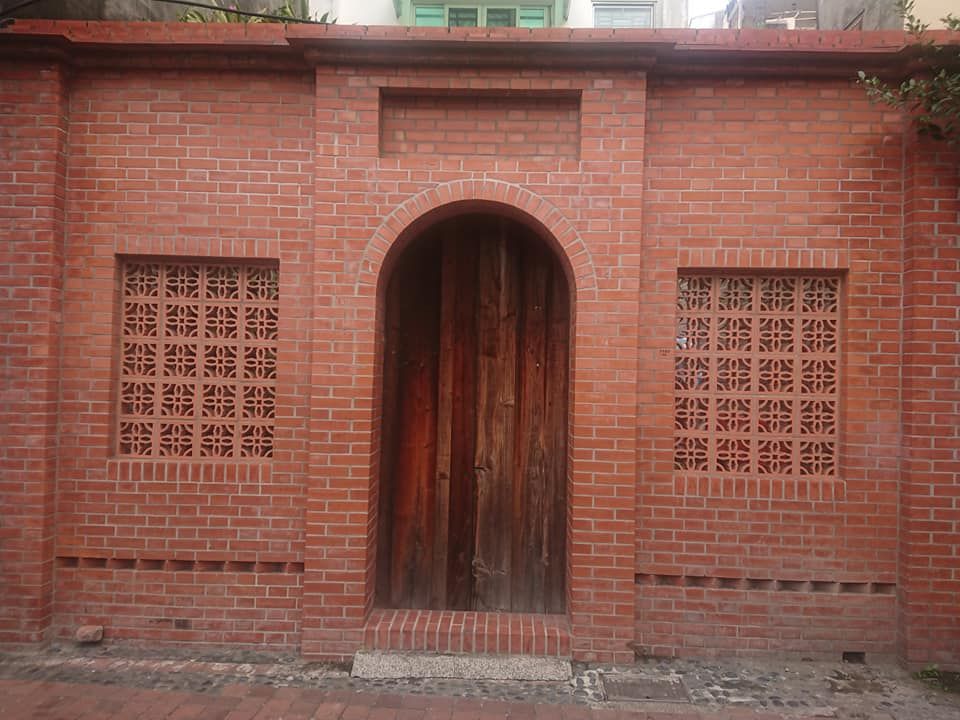
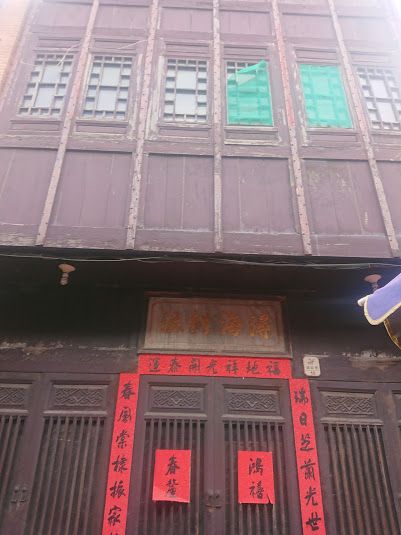
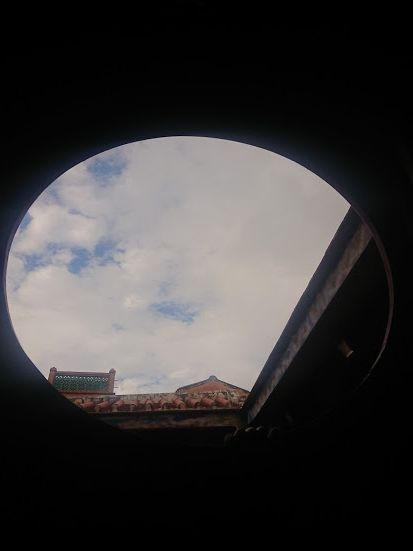
Mo Ru Alley (Gentleman Alley)
"Moru Alley" Moru Alley is a narrow fire alley between two long shophouses. Due to the strong sea breeze in Lugang, in order to resist the strong wind, the distance between the local houses is not wide, and the narrowest part of the alley is only about 60 to 70 cm. . When residents come and go in this alley, the two of them have to turn sideways to pass by. If a man and a woman pass by, it will be a little embarrassing. Therefore, names such as "Breast Protector Alley" and "Junzi Alley" appear, among which "Moru Alley" is the most popular. famous.
There are sightseeing guides and explanations at both ends of the alley. We happened to enter from the wider and newer side of the house. At first, it did not feel narrow. The long alley slowly approached the middle section and began to see some mottled side doors of old houses. Or brick walls, the lane narrows slightly at first, and then you can see the exit of the alley at the end. It is also the oldest section of the alley building, and the width is indeed only room for one person.
At this time, several men and women came in from the other end of the narrow alley, and I secretly screamed in my heart that there were several people walking in the same direction as me. This is a bit of a dilemma. The left and right brick walls of the narrowest section of the alley leave a few shallow grooves, like a space to avoid a car bend. Although it is not deep, it is enough for two people to safely stumble in the alley (especially when I am still carrying a backpack) , the shallow wall made me do not have to unload my backpack, so I passed the test of touching the milk alley smoothly.
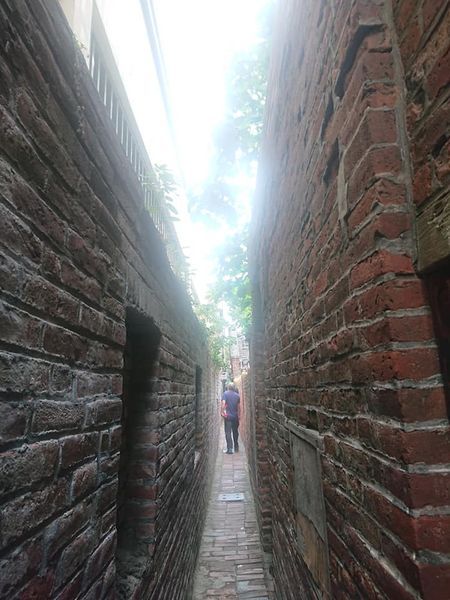
half well
The door of the mansion of the owner of Banbianjing is Sanhuai Tingxiu, a generous family of Wang surname (from the couplet we can see that the owner's name is Kangshou). Sanhuai Hall is the name of the descendant of Wang You in the Song Dynasty (and the most famous name of Wang surname). Su Shi wrote the "Sanhuai Hall Inscription" for the student Wang Gong's family "Sanhuai Hall". The grandfather of student Wang Gong, Wang You, was a minister of the Ministry of War in the Song Dynasty. He once planted three jasmine trees in the courtyard, saying, "My children and grandchildren must have three princes." The word "Sanhuai" first appeared in Zhou Li "face Sanhuai, Sangongyan", which means that in the court of Zhou Dynasty, the position of Sangong was facing the three locust trees, so "Sanhuai" refers to being a high official , A very personable minister.

Hungry Ghost Cheng
Hungry Ghost Town is located in the square in front of the City God Temple in Lukang. There are many vendors selling snacks on the square. In the early days of Lugang, there were many boatmen, fishermen and coolies working at the wharf. Eat fast, often squatting on the side of the road, devouring food regardless of the image, like a hungry ghost eating, so this area is called "Hungry Ghost Cheng". The sign of Hungry Ghost Cheng has a gecko (cricket), because geckos are beneficial insects that eat mosquitoes, and also refer to people who have a large appetite and are good at eating.
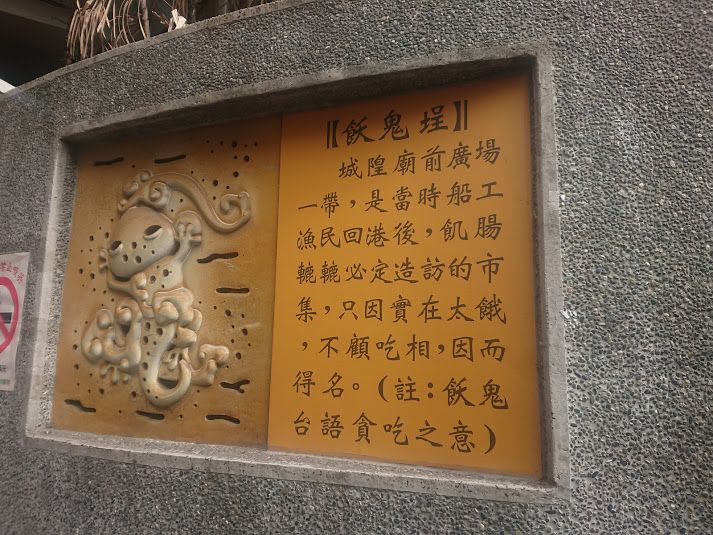
Lugang Aimen
Lukang has a large population with a wide range of sources, and all kinds of people are concentrated here. According to the past literature records, there are often fighting disputes between different surnames. During the Guangxu period, there was also the Shi Jiuduan Incident (people's uprising) caused by land measurement. The issue of public security in Hong Kong has always plagued residents.
At that time, the Lukang commercial organization, also known as the "Eight Suburbs" of Lukang, not only formulated mutual norms, but also built wide gates in the alleys. The purpose of setting the narrow gates is to prevent bandits from invading, protect one's own life and property, as well as blood or surnames and clans. At that time, there was a rule that "evil is no better than the narrow gate" in the fight between the Lugang groups, so the narrow gate has the function of preventing the expansion of the dispute.
There were originally 57 narrow gates in Lugang, which were divided into three forms and functions. However, there is only one left in the back lane. This gate was built in the 10th year of Daoguang (AD 1830). It is about 10 feet high and wide. It is about 8 feet long, and the inscription on it has the words "the door welcomes the car behind". Others were demolished due to the urban correction during the Japanese occupation, and can only be left in old photos or pictures to pay tribute.
Suburban Museum
Lukang prospered on the basis of river port commerce and trade, and it also created the commercial culture composition of "Lugang Eight Suburbs" in the Qing Dynasty. In order to safeguard the common interests of the industry, the business guild organization established is called "suburban trip", and its nature is also the current business guild or hometown association. "Lugang Eight Suburbs" are Quan Suburbs, Xiamen Suburbs, Nan Suburbs, 𥴊 Suburbs, Oil Suburbs, Sugar Suburbs, Bu Suburbs, and Dye Suburbs, of which 𥴊 Suburbs are composed of daily grocers.
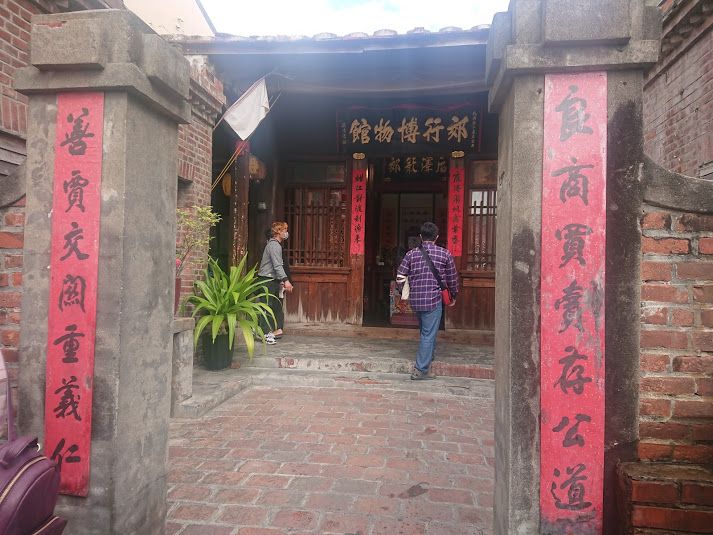

Osmanthus Lane Art Village
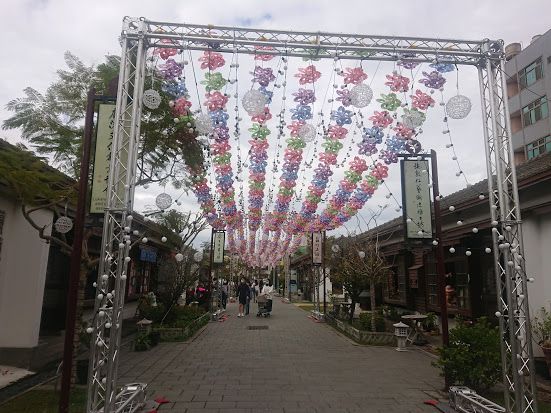
Osmanthus Lane Art Village was built during the Showa period of the Japanese occupation. It was the dormitory for officials during the Japanese occupation. After renovation, it became an art workshop, providing various types of artists to come and create. Stone lamps, stone stairs, and wooden buildings are accompanied by artists. Decorated with various works, it is very retro and nostalgic. You can also experience calligraphy, leather carving, gourd carving, sword and lion painting, handmade fan making and other crafts.
Recently, Osmanthus Lane Art Village has installed the "Sea of Colored Windmills", which uses festive red Hakka floral fabrics, and windmills with green, blue and purple tung patterns to decorate the entire park. When the breeze blows, the whole piece of windmills is blown away . The turning of the reel is very beautiful, and it also fits the theme of this small wind power trip.

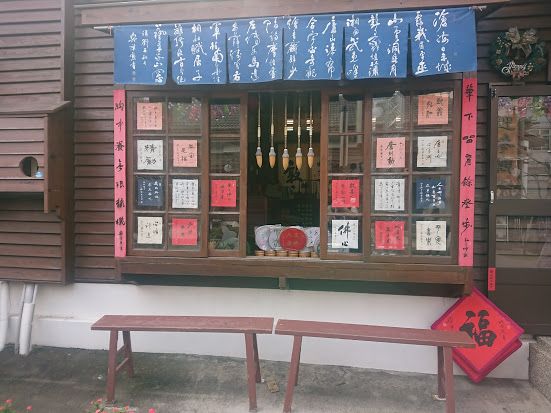
Zheng Yuzhen Cake Shop
At the end of the trip to Lukang, the 100-year-old "Zheng Yuzhen Cake Shop" in Lukang was taught by the fifth-generation descendant, Hong Shaowu, to DIY the phoenix eye cake. Noodle man.
Water hyacinth cake is the most well-known representative of rich and noble family cakes in Lugang. Rice noodles and sugar were rare ingredients in the early society. Water phoenix cake was a very delicate snack at that time, and it was only enjoyed by the rich. In addition, it was fragile and difficult to take. Therefore, there is also a saying that if the phoenix cake is not a literati and a lady, it is light and handy. , is not available.
This hand-made experience store has prepared three-piece models in advance. Just put mung bean powder of various flavors and colors as models and compact them. If you use too much force, it will shatter, which is not easy. No wonder the store has to limit the supply every day. (When getting married, it seems to be a good level to make things difficult for the bridegroom to marry! Lol)
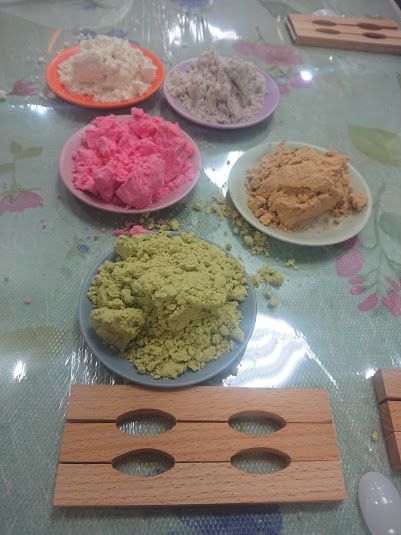
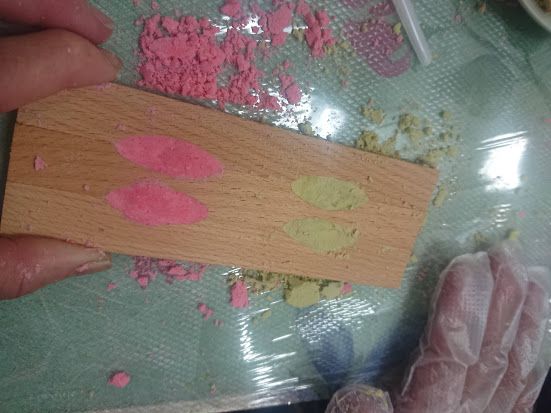
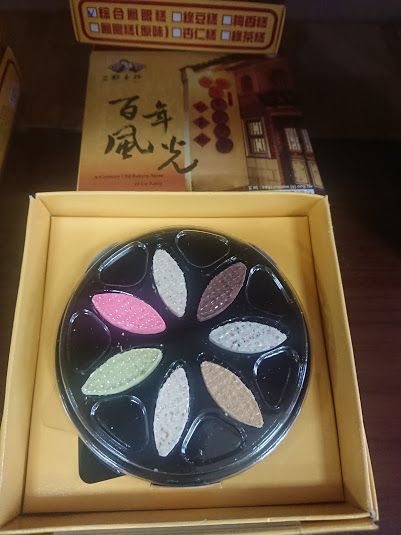
The traditional dough kneader is a pastry chef who steams the mixed dough in a steamer, mixes food coloring, and then kneads and kneads it to create lifelike, three-dimensional shapes of various characters, flowers, birds, fish, and beasts. , the finished product can be used as a sacrifice to worship the gods, and can also be eaten. In Taiwanese, it is called "face boy" or "glutinous rice boy". Because of its ornamental function, it is called "watching the table" (entertainment gods and ghosts) in sacrifices. In the past, after banquets and ceremonies were over, they were mostly reserved for children as snacks.
Nowadays, according to the needs of the society, it is mostly made of resin soil. This time, at the request of the organizer, I made a kneader of the offshore wind turbine, which fits the theme of this trip, and at the same time reviewed the structure of the wind turbine I saw on the coast and Taichung port area the day before yesterday.
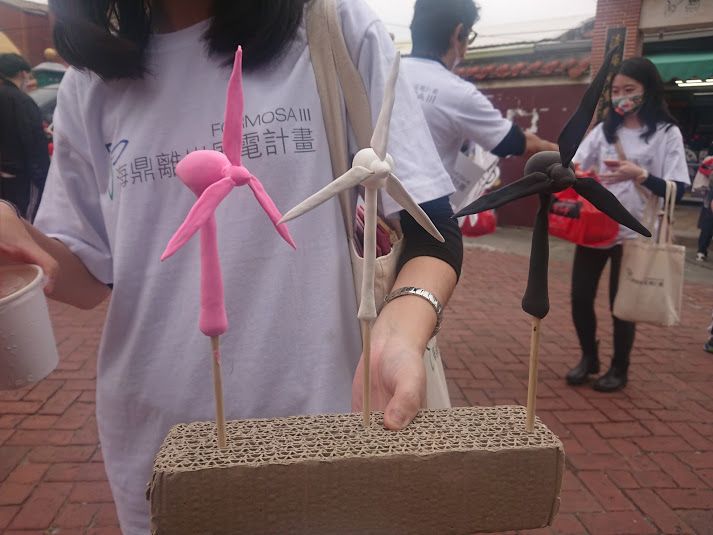
Gaying in the same field: Anan Shi Folk Snacks
Anan Shi’s folk snack Lukang has been operating for more than 20 years. Lukang serves Wang Gong. Wang Gong is the largest producer of flat-hanging cultured oysters (pearl oysters) in Taiwan. Of course, all kinds of oysters are indispensable for snacks in Lukang. Cuisine, such as: oyster crisp, oyster fried, oyster noodles, oyster, others such as fried crab, shrimp monkey, shrimp balls, shrimp rolls, etc. In addition to being an old shop, Anan Shi is also a snack in Changhua Lugang Feast's founding shop.
In the end, the store also served sweet soups—Zhuangji’s Noodle Monkey Rice Balls and Red Bean Ox Tongue Cake. Noodle monkeys are another name for gnocchi. The first time I ate sweet soup, gnocchi and glutinous rice balls appeared at the same time, which was quite novel. The store can provide snacks and dishes so that travelers can eat a table full of snacks in one go. It is very convenient and the price is very affordable. It is worth a try.
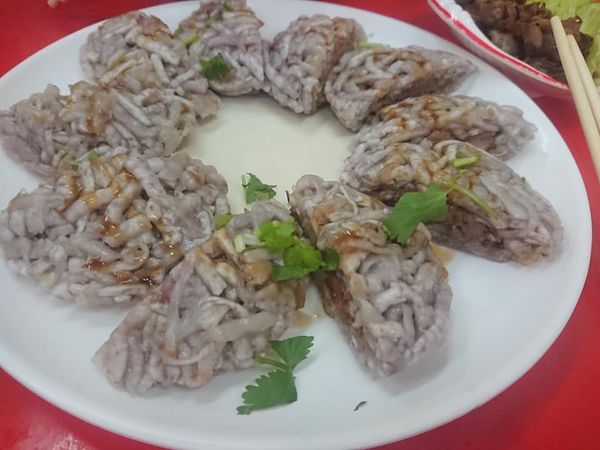
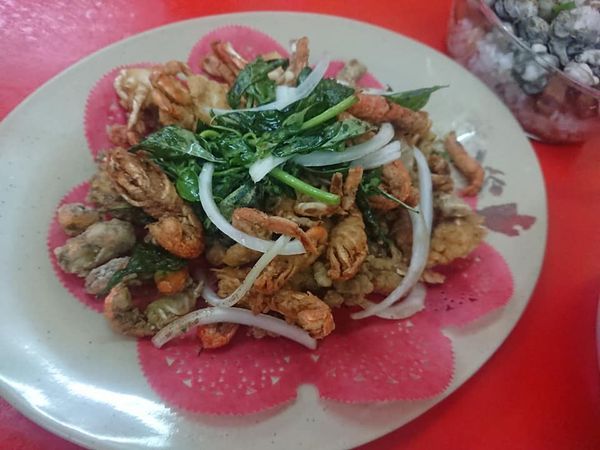
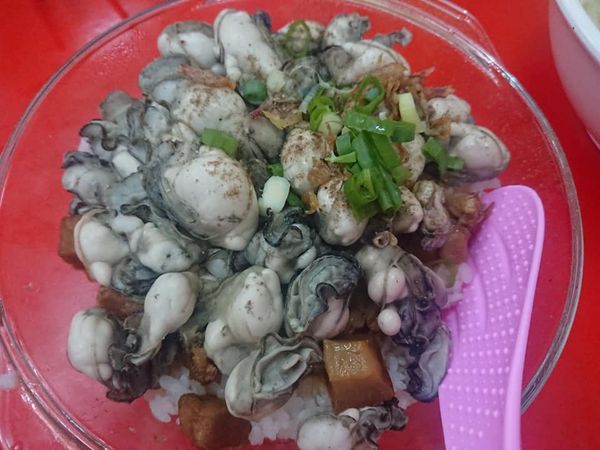




Like my work? Don't forget to support and clap, let me know that you are with me on the road of creation. Keep this enthusiasm together!



- Author
- More